
Editorial
Rob Franek, Senior VP, Publisher
Mary Beth Garrick, Director of Production
Selena Coppock, Senior Editor
Calvin Cato, Editor
Kristen OToole, Editor
Meave Shelton, Editor
Alyssa Wolff, Editorial Assistant
Random House Publishing Team
Tom Russell, Publisher
Nicole Benhabib, Publishing Director
Ellen L. Reed, Production Manager
Alison Stoltzfus, Managing Editor
The Princeton Review, Inc.
111 Speen Street, Suite 550
Framingham, MA 01701
E-mail:
Copyright 2013 by TPR Education IP Holdings, LLC
Cover art Jonathan Pozniak
All rights reserved. Published in the United States by Random House LLC, New York, a Penguin Random House Company, and in Canada by Random House of Canada Limited, Toronto, Penguin Random House Companies.
AP and Advanced Placement Program are registered trademarks of the College Board, which does not sponsor or endorse this product.
The Princeton Review is not affiliated with Princeton University.
eBook ISBN: 978-0-8041-2430-0
Trade Paperback ISBN: 978-0-8041-2429-4
Editor: Calvin Cato
Production Editor: Kiley Pulliam
Production Artist: Kim Howie
Printed in the United States of America on partially recycled paper.
2014 Edition
v3.1
ACKNOWLEDGMENTS
I would like to thank my spouse, Satish Mulekar, for his understanding, patience, and willingness to help during this project. I would not have been able to complete this project without his assistance in making time available for it.
The Princeton Review would like to give special thanks to Bikem Polat for her hard work and her changes to the 2014 edition.
CONTENTS

I
U SING T HIS B OOK TO I MPROVE Y OUR AP S CORE
PREVIEW ACTIVITY: YOUR KNOWLEDGE, YOUR EXPECTATIONS
Your route to a high score on the AP Statistics Exam depends a lot how you plan to use this book. Respond to the following questions.
1. Rate your level of confidence about your knowledge of the content tested by the AP Statistics Exam.
A. Very confidentI know it all
B. Im pretty confident, but there are topics for which I could use help
C. Not confidentI need quite a bit of support
D. Im not sure
2. Circle your goal score for the AP Statistics Exam.
3. What do you expect to learn from this book? Circle all that apply to you.
A. A general overview of the test and what to expect
B. Strategies for how to approach the test
C. The content tested by this exam
D. Im not sure yet
YOUR GUIDE TO USING THIS BOOK
This book is organized to provide what provide as muchor as littlesupport that you need, so you can use this book in whatever way will be most helpful to improving your score on the AP Statistics Exam.
- The remainder of Part One will provide guidance on how to use this book and help you determine your strengths and weaknesses
- of this book will provide the following:
- provide information about the structure, scoring, and content of the AP Statistics Exam
- help you to make a study plan
- point you towards additional resources
- of this book will explore various strategies including:
- how to attack multiple choice questions
- how to write high scoring free response answers
- how to manage your time to maximize the number of points available to you
- of this book covers the content you need for your exam
- of this book contains practice tests
You may choose the use some parts of this book over others, or you may work through the entire book. This will depend on your needs and how much time you have. Lets now look how to make this determination.
HOW TO BEGIN
1. Take a Test
- Before you can decide how to use this book, you need to take a practice test. Doing so will give you insight into your strengths and weaknesses, and the test will also help you make an effective study plan. If youre feeling test-phobic, remind yourself that a practice test is a tool for diagnosing yourselfits not how well you do that matters but how you use information gleaned from your performance to guide your preparation.
- So, before you read further, take AP Statistics Practice Test 1 starting at of this book. Be sure to do so in one sitting, following the instructions that appear before the test.
2. Check Your Answers
- Check your answers in and count how many multiple choice questions you got right and how many you missed. Dont worry about the explanations for now, and dont worry about why you missed questions. Well get to that soon.
3. Reflect on the Test
After you take your first test, respond to the following questions:
- How much time did you spend on the multiple choice questions?
- How much time did you spend on each essay?
- How many multiple choice questions did you miss?
- Do you feel you had the knowledge to address the subject matter of the essays?
- Do you feel you wrote well organized, thoughtful essays?
- Circle the content areas that were most challenging for you and draw a line through the ones in which you felt confident/did well.
- Exploring Data
- Sampling and Experimentation
- Anticipating Patterns
- Statistical Inference
4. Read of this Book and Complete the Self-Evaluation
- As discussed in the Guide section above, will provide information on how the test is structured and scored. It will also set out areas of content that are tested.
- As you read , you will revisit and refine the questions you answer above. You will then be able to make a study plan, based on your needs and time available, that will allow you to use this book most effectively.
5. Engage with as Needed
- Notice the word engage. Youll get more out of this book if you use it intentionally than if you read it passively, hoping for an improved score through osmosis.
- Strategy chapters will help you think about your approach to the question types on this exam. will open with a reminder to think about how you approach questions now and then close with a reflection section asking you to think about how/whether you will change your approach in the future.
- Content chapters are designed to provide a review of the content tested on the AP Statistics Exam, including the level of detail you need to know and how the content is tested. You will have the opportunity to assess your mastery of the content of each chapter through test-appropriate questions and a reflection section.
6. Take Test 2 and Assess Your Performance
- Once you feel you have developed the strategies you need and gained the knowledge you lacked, you should take Test 2. You should do so in one sitting, following the instructions at the beginning of the test.


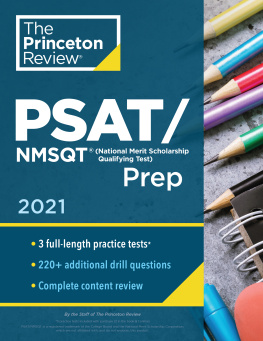
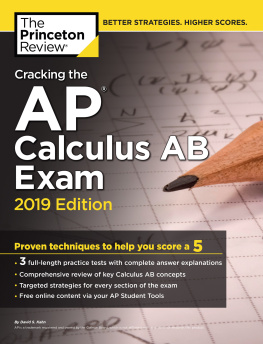

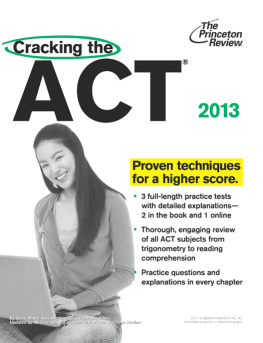
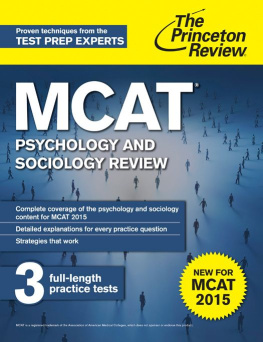
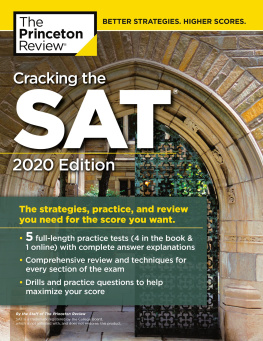

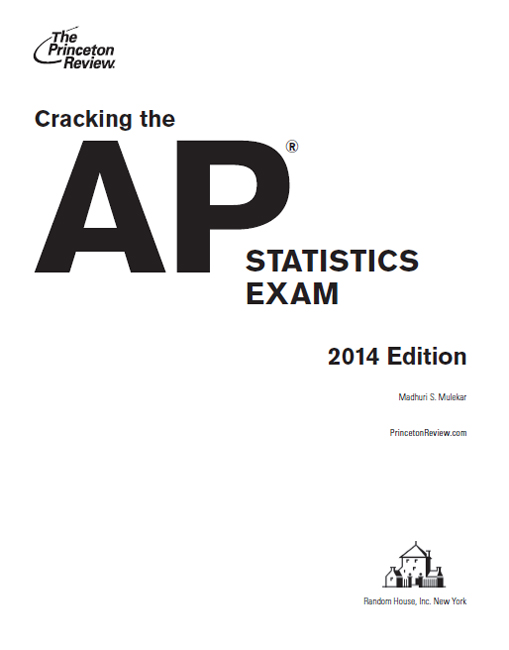

 I
I